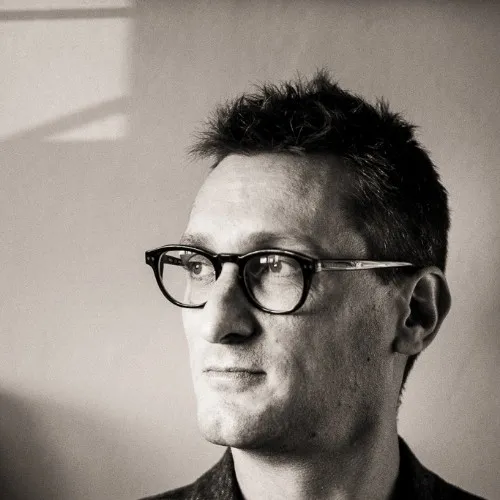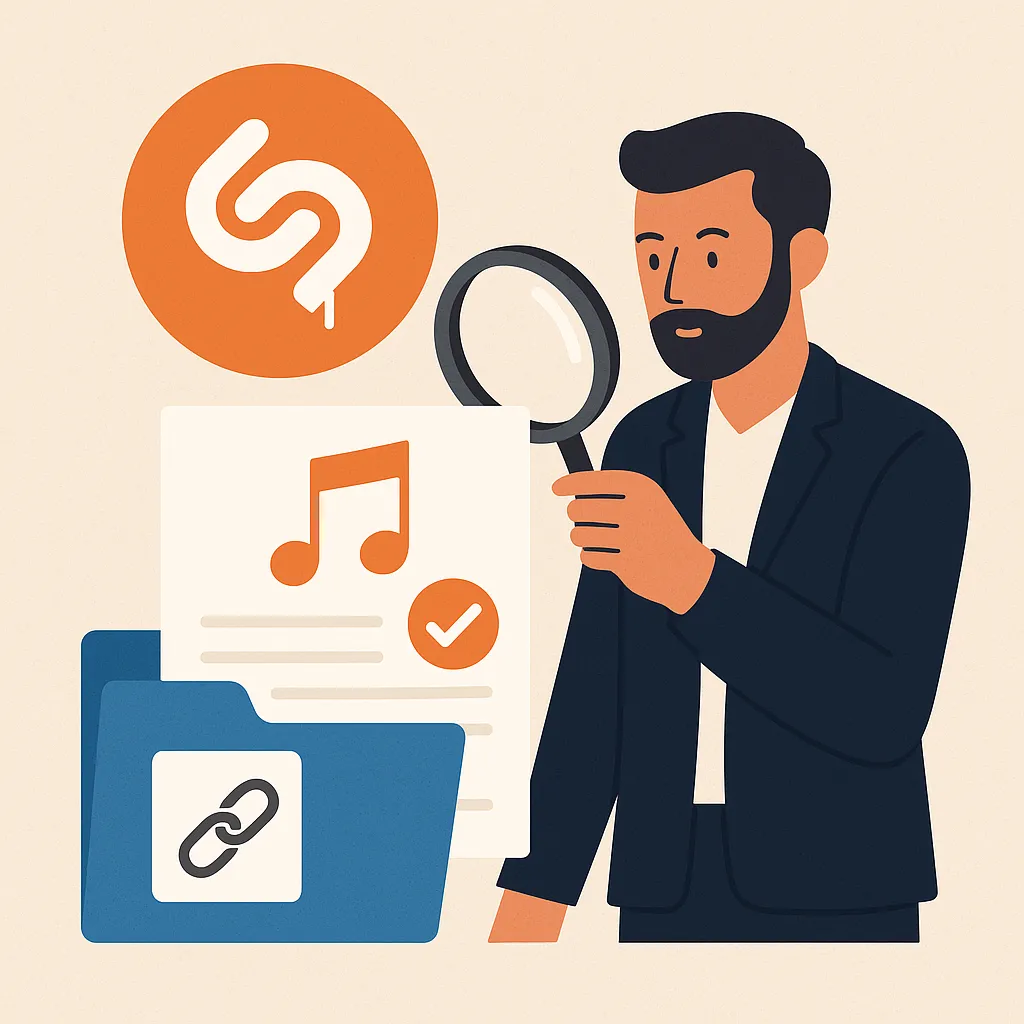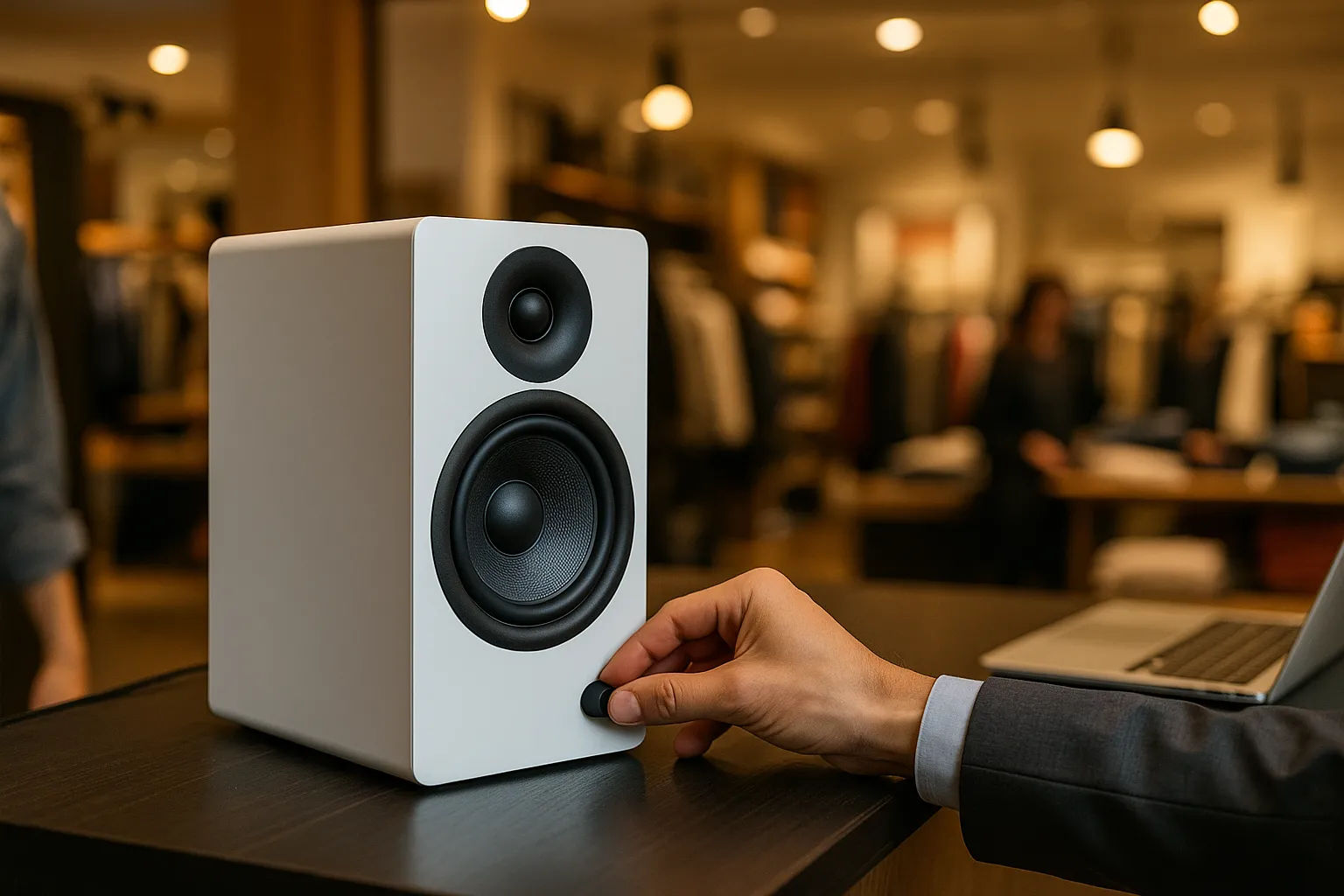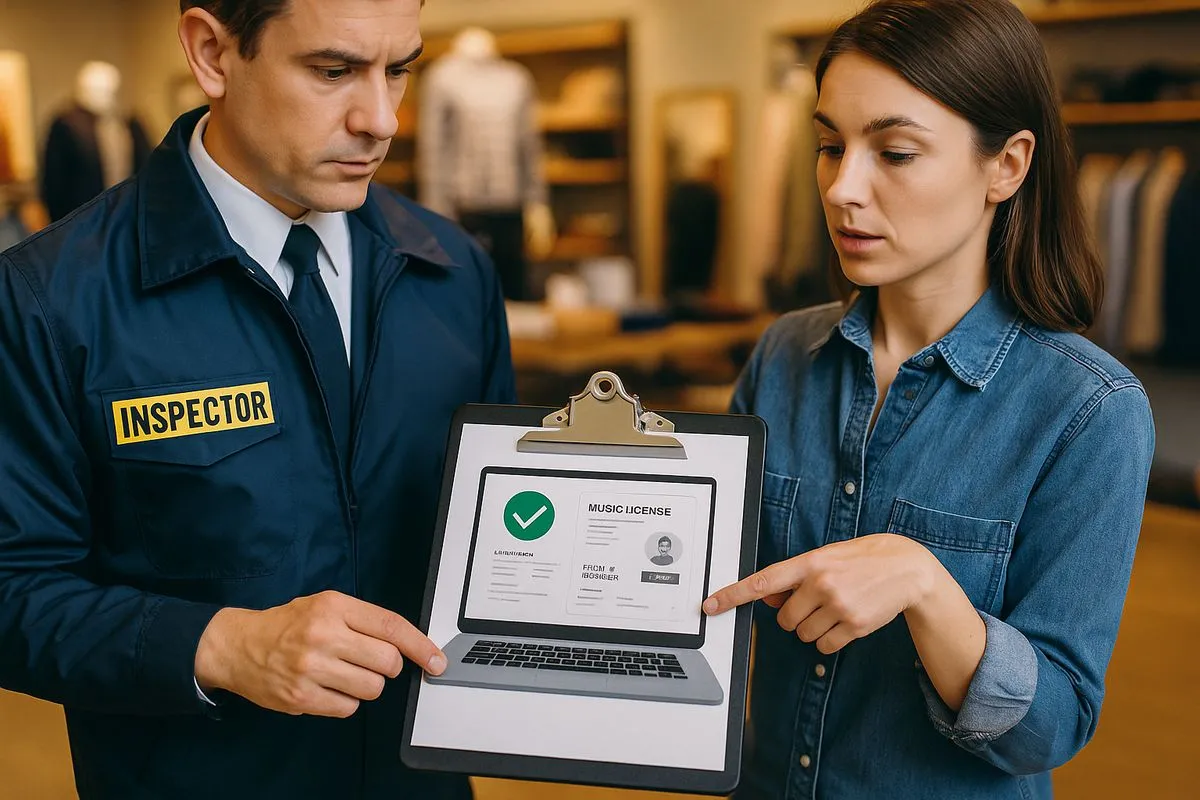When Shazam recognizes a track, do I have to pay any other collective rights management organization?
That’s a question we often hear, especially when a customer gets an inspection or someone tries to create doubts about whether a track detected by a fingerprint app like Shazam (or even an official app connected to a collective rights database) means you need an extra license.
At MoosBox, we want to make this crystal clear: Shazam is not proof of a collective license, it’s not a rights catalogue, and it doesn’t decide who should collect royalties.
Even if a track appears in an official database and gets detected by a collecting society’s app, it doesn’t automatically mean the mandate is exclusive:
an artist can grant non-exclusive licenses to multiple entities.
If you can show your Direct License and paid invoices proving the rights are already covered via MoosBox or another independent Collector, they cannot be collected again. That’s the heart of the EU Directive 2014/26/EU: no double payment, as we explain clearly in our dedicated article on current regulations.
🎧 What is Shazam (and how does it work?)
Shazam is an app that uses an audio fingerprint system (learn more) to recognize a track.
It works by comparing a short recording to a huge database of digital audio fingerprints.
So yes, it’s perfectly normal for a MoosBox track to be recognized: many artists choose to distribute their music on public platforms too.
🛑 Shazam does not define rights
Important: Shazam, or similar apps, only identify the track title — not the actual licensing rights, nor whether the work is exclusive to any collecting society.
In other words: Shazam and similar apps are not rights catalogues, but fingerprint archives.
What matters is your MoosBox Direct License, which you can prove anytime with your invoice and our traceable mandate chain.
💡 Did you know Shazam can sometimes get it wrong?
As shared in the Apple Support Community and explained in the Acoustic fingerprint Wikipedia entry, music recognition apps like Shazam can produce false positives for various reasons: poor audio quality, background noise, similar tracks, or live/remix versions that are not yet in the database. An unstable Internet connection or an outdated database can also affect results.
This applies to all other music fingerprint apps too: they are not infallible and do not by themselves prove exclusive rights.
🛡️ What about fingerprint apps owned by a collecting society?
Inspectors from collective societies often use fingerprint apps like Shazam, or systems like Soundmouse or BMAT during inspections. Some organizations may even have their own fingerprint recognition apps linked directly to their official databases.
Again, detecting a track does not automatically mean the mandate is exclusive.
An artist or producer can grant a non-exclusive mandate to a collective society and still authorize an independent Collector.
This is exactly what is protected by the EU Directive 2014/26/EU and the ASCAP Compendium Section 1.3: the freedom to grant non-exclusive mandates.
If you can show your MoosBox Direct License and paid invoices, the rights cannot be collected again.
📌 In practice: even if the track appears in an official database or is recognized by a collecting society’s app, it’s not proof of exclusivity. What matters is the mandate chain.
✅ Practical example
Here’s a simple, real-life scenario:
Let’s say a track is recognized. That’s fine: the artist might have distributed it everywhere — Spotify, Shazam, social media — and have a non-exclusive mandate with any other collective rights management organization and other independent Collectors at the same time.
The takeaway? Recognition does not mean someone else can collect twice: if the license is valid and paid, that’s all you need.
🗂️ What to do in case of an inspection
1️⃣ Log in to your Manager Profile.
2️⃣ Download your updated license and latest invoice.
3️⃣ Keep a printed or digital copy at your premises, ready to show if requested.
4️⃣ If needed, contact our team right away: we’ll help you prepare the clearest, most complete reply, in line with the regulations.
ℹ️ Remember: if your license is valid and paid, no double payment is due.
This article does not constitute legal advice; in case of doubts about local regulations or specific requests from collecting societies, please also consult your trusted legal advisor. MoosBox is always here to support you with any doubts or inspections.
This article obviously does not constitute legal advice; if you have any doubts about local regulations or specific requests from collecting societies, please also consult your trusted legal advisor. Stay up to date with the best music solutions for your business: follow us on LinkedIn or join our Telegram channel.
❓ Frequently Asked Questions
Why does Shazam recognize a MoosBox track?
Because many artists also distribute their music on public platforms. But recognition doesn’t mean double payment: there is no “Shazam music license” — what matters is your MoosBox Direct License.
Do I need to pay PRS, PPL or another collecting society if Shazam detects a track?
No, as long as you can show your Direct License and invoices proving the rights are covered. No double payment is due.
What should I do in case of an inspection?
Log in to your Manager Profile, download your Direct License and invoices, and contact us: we’ll help you respond clearly and fully.




